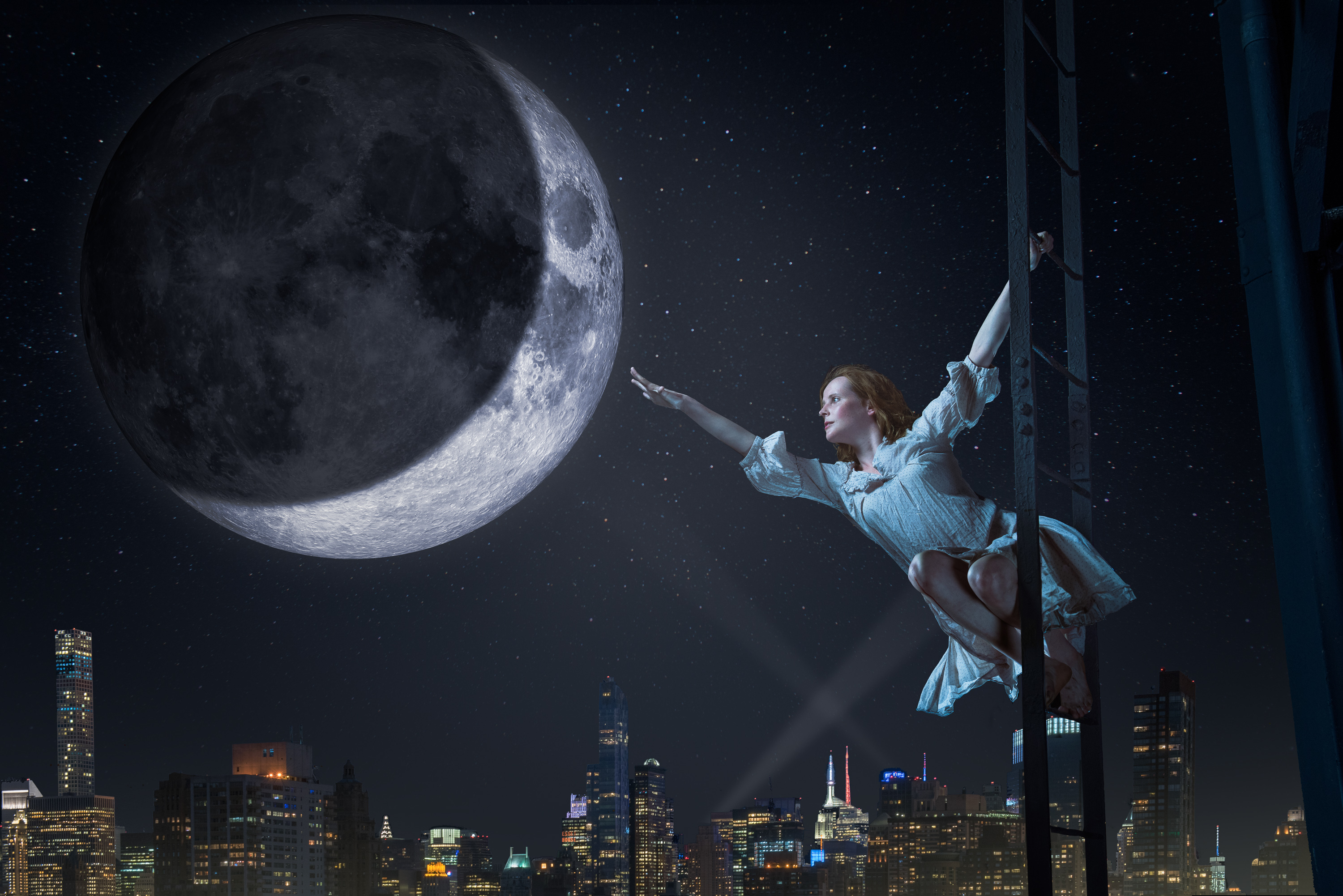All images by Bill Wadman. Used with permission.
“People, people, and people,” says Bill Wadman when asked why photography means so much to him. In fairness, it’s a question we could have answered ourselves just by looking at his portfolio. Although it’s varied, offering anything from straight-shooting to creative conceptual ideas, one thing remains at the center of it all: people. With a career spanning over 14 years, we were interested to know how the journey has been, and what his feelings are about photography in the current climate.
Phoblographer: You do a range of photography work. From portraits, personal projects, to conceptual – which genre and creative process does your heart belong to the most?
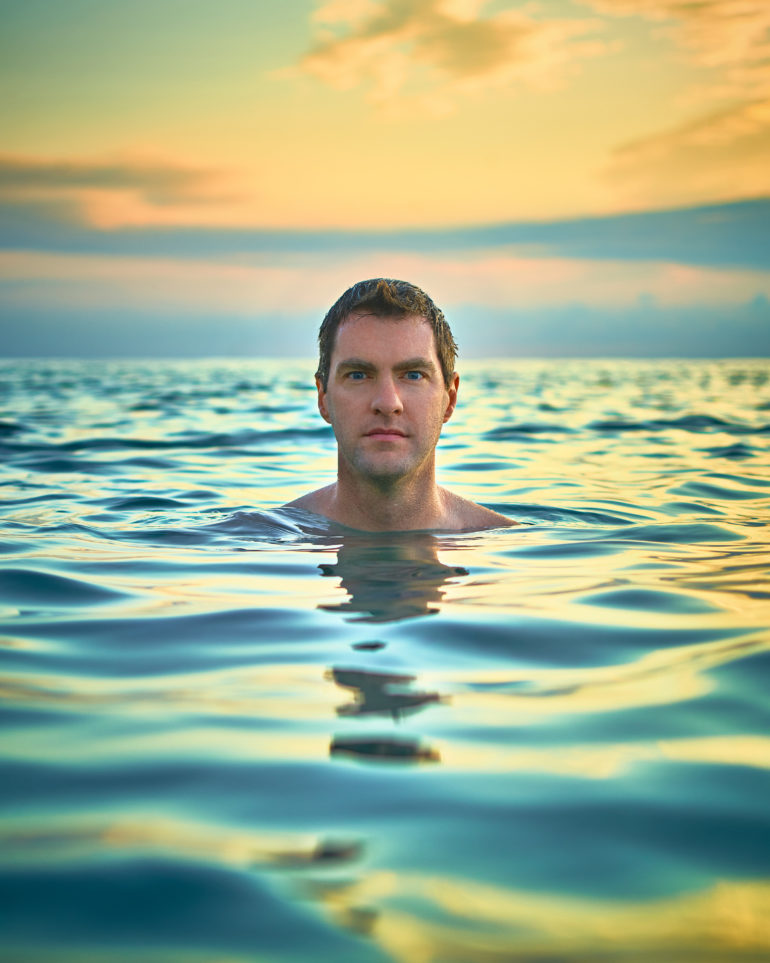
Bill Wadman: Oh, that’s an easy one. It’s the one-on-one portraits, more specifically I think it’s environmental portraiture that is at the heart of my work, and the one thing I could never give up. A lot of people like working in a studio because they have ultimate control over lighting and background and such. That often feels too clinical for me. I’m comfortable in the studio, but walking into a new space and trying to find a composition and lighting that works is like playing speed chess. There’s no time to obsess. Figure it out and get to work.
Things like my conceptual portraits and my work with dancers and the like, those are often fun and often technical challenges that allow me to stretch my legs a bit and think bigger, but in the end, I go back to the portraits when I want to center myself.
Phoblographer: You’ve been in the photo industry for quite some time. How has your passion for the craft evolved over the years?
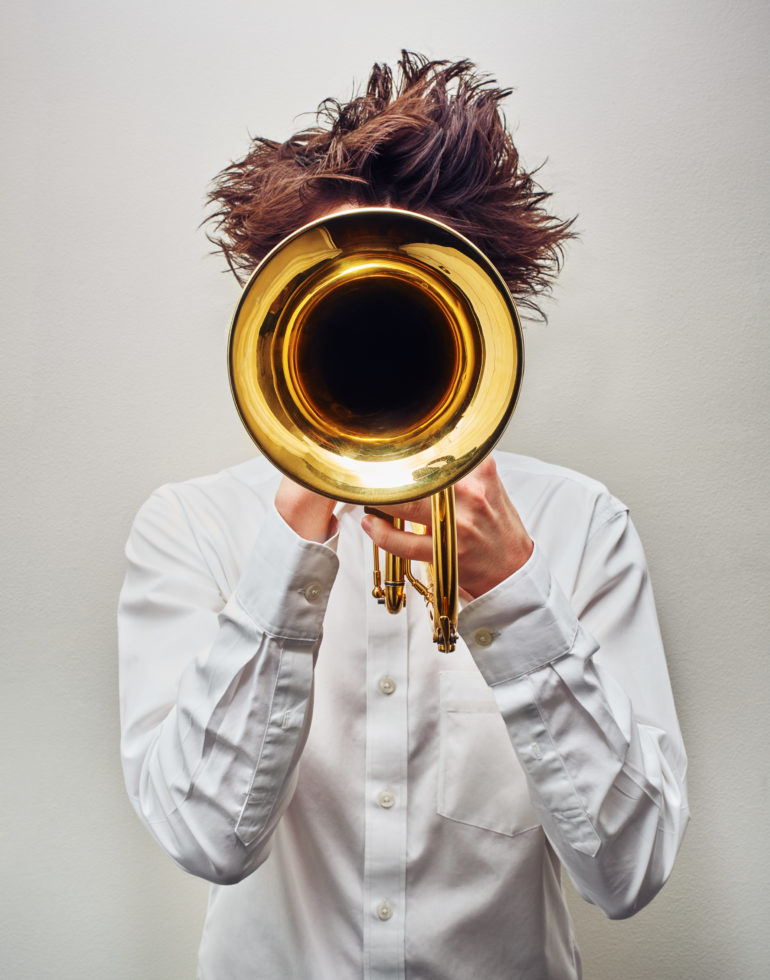
Bill Wadman: It doesn’t feel like that long, but I guess 14 years is getting up there. I still feel like a newbie compared to my friends who have been shooting since the ‘80s. I think my passions have been relatively stable actually. I’m a portrait photographer because I love meeting and getting to know new people. The camera often feels like a great excuse to be there. My technical skills have improved over time of course and I think my work is far more refined. Like anyone I look at some of the things I shot 10 years ago, or the way I processed them in post and just cringe – but that’s growth with a good helping of Imposter Syndrome thrown in.
Sometimes I’ll get burnt out of a particular way of working and I’ll shoot something with a new lighting setup and will fall in love with it for a while, but eventually, the affair will end and I revert to what I know with a new skill in my toolbox.
Phoblographer: How has your relationship with photography – both personally and professionally – been impacted since the global pandemic?
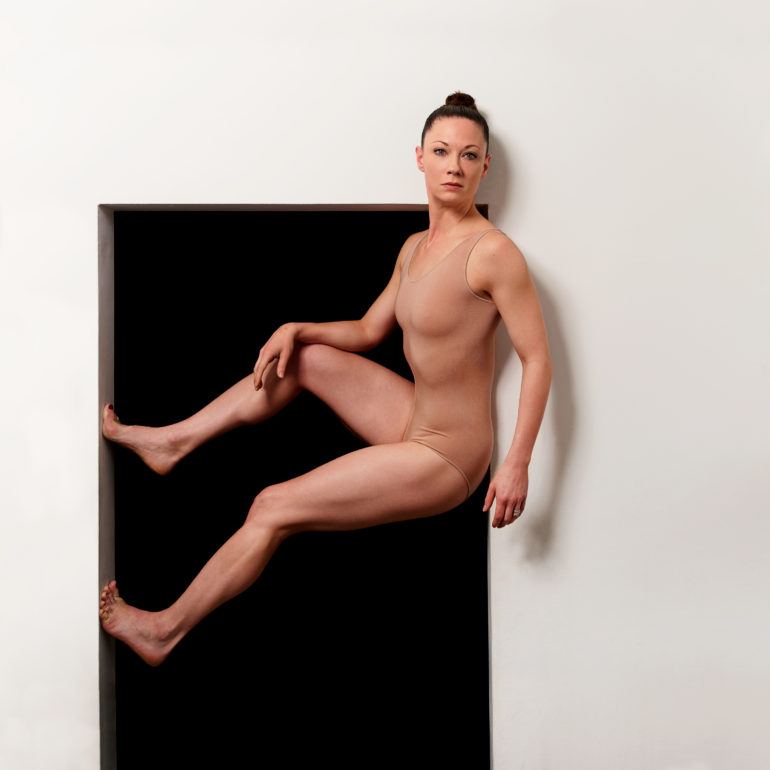
Bill Wadman: It’s been rough. A fair amount of my work involves traveling to spend an hour or two a few feet away from a stranger who is usually not wearing a mask, so you can imagine that much of that has been put on hold for a while. Even within the city, it’s harder to get together with people to even shoot for fun while still being safe. I’ve been shooting a fair amount outside or up on my roof, but with winter coming that might be harder. As you can probably tell I’m a bit of an extrovert, so any situation which involves me not getting my people-time sucks pretty hard. For the first 100 days of the lockdown here in NYC, my wife and I made daily one minute short films, each of which involved me eating a cheeseball snack. Silly? Yes. Good to keep my creative mind busy. Hell yes. I’ve also been asked to do far more Zoom lectures, podcasts, YouTube interviews, and the like, so that’s kept me busy as well.
Phoblographer: For your conceptual work, talk us through your process of coming up with a concept.
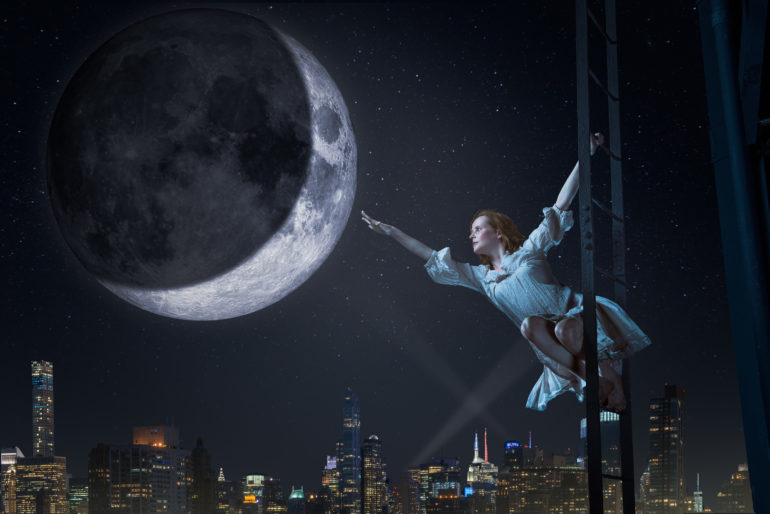
Bill Wadman: They tend to be fairly organic. I’ve long learned that the ‘best-laid plans’ and all that. Typically I have a picture that I want to make in my head. Take my image ‘Moon’ for example. I had shot a few images taken from dreams, one of a nightmare of being strapped down in a dentist chair with a power drill in their mouth, another with a mermaid in a bathtub. For ‘Moon’, the subject Anna had sent pictures of a roof she had access to and I noticed the water tank and ladder heading up to it. That made me think of her climbing up into the sky, maybe she’s reaching up to touch the moon? When we showed up that night we found out that the ladder had a guard on it so you couldn’t climb it, so I proceeded to give her a boost above. This meant she had to climb pretty high up in the air to get that guard out of the shot. My friend Dan fought the wind to try to get a strobe with a big octabox up high enough to mimic where I imagined the moon’s light would be coming from.
Once I had that shot in the can, I took pictures of the water tank, the skyline, and pulled an image of the Moon from the NASA archives to put it all together in Photoshop. So there was a concept there, but then it’s about finding out what you can make happen at the location and going with the flow of things. I went to school for music and it reminds me of going into the recording studio. You can have an idea in your head of how you want the record to sound, but then you have to consider the room you’re recording in, the instruments, and the gear to some extent. All of these put constraints on you and push the final product in a certain direction. That’s ok though. I think the biggest problem is that some people get so attached to that initial idea, that they can’t let go and actually finish anything in the real world. Just do the best you can making it, learn something, and move on to the next one.
Phoblographer: You’ve worked on many scenes over the years, which have been your most enjoyable?
Bill Wadman: That’s a good question. Most successful and most enjoyable might be two different things. But if you had to pin me down I think ‘Burlesque’ came out pretty great. My initial idea was that it would be funny if a local diner had a burlesque dancer on the counter after-hours. So my friend Sara was game to play the dancer, I pulled together a handful of friends, and secured a date at the place up the block in the middle of the night. Lighting an image like that is harder than it looks. As I recall it was seven lights. One fill behind the camera, one light left down in the corner to illumnate the front three people, one in the fridge to light the other two at the counter, one up in the corner to blow out and rear edge, one beauty dish with a grid as the spotlight on Sara, and then two more speedlights! Not to mention a spritz of fog up in the corner to make that backlight a little volumetric.
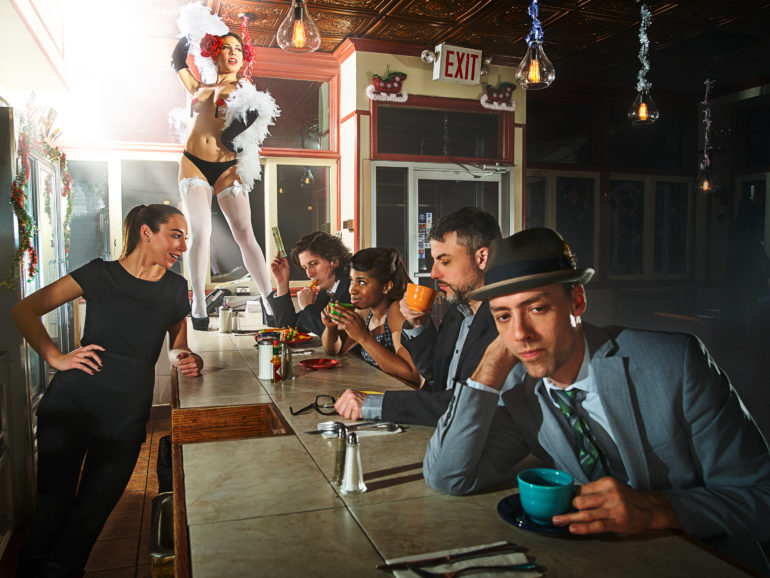
Getting all of that worked out and everyone with an expression I liked was tricky, but in the end, I was very happy with the results. It was also my first complicated shoot with my current camera, so I have nostalgia about that. I think the only thing I would have done differently is perhaps stopped down, even more, to get Everett in the front a bit more in focus. I shot it at f/8, if I had to do it again, maybe f/13. But hey, you live and learn.
Phoblographer: How long does it take to complete a shoot and how do you keep your subjects engaged?
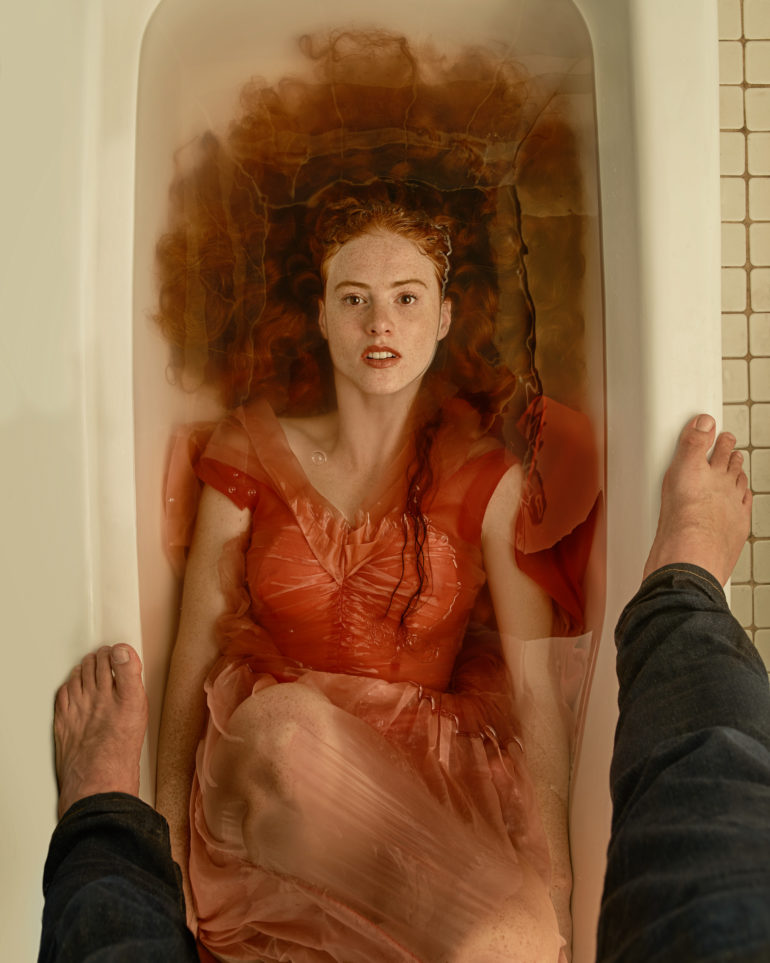
Bill Wadman: I’ll take the time I can get. Sometimes it’s open-ended and my subject and I end up spending hours talking and shooting. Those are the situations where I generally get my favorite images. That said, I’ve been in situations where I’ve had 10-15 minutes and you’ve got to hunker down and do your job. That said, I think if I have a superpower, it’s in being able to make subjects feel comfortable and that tends to take time for their nerves to melt away.
Phoblographer: Can you share with us some ideas you would like to work on in the future?
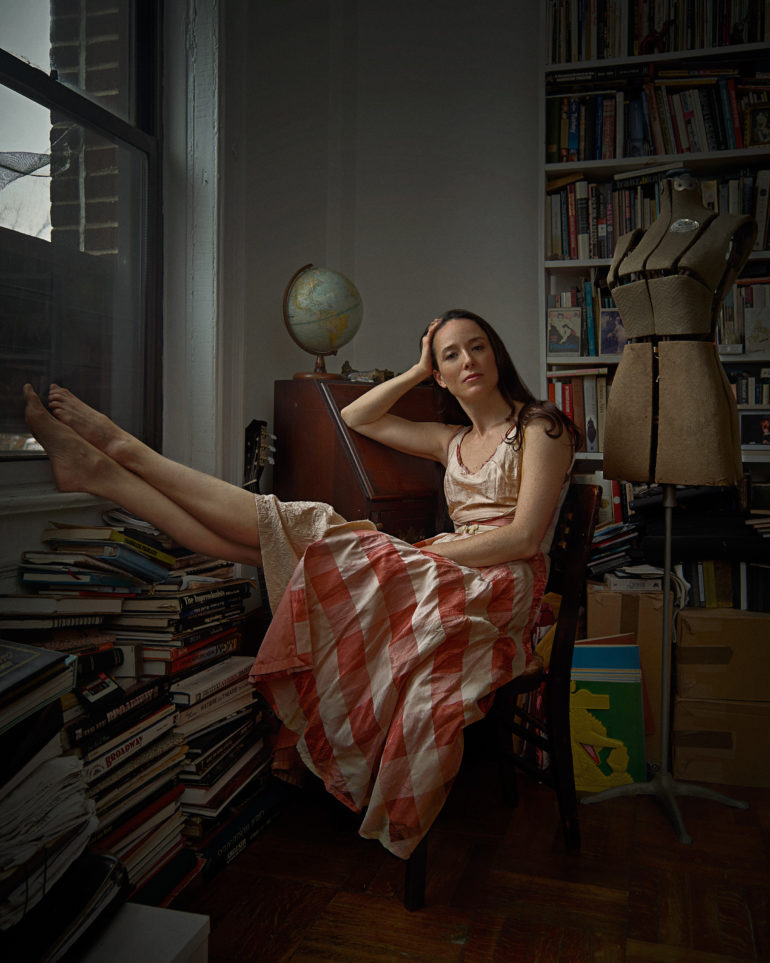
Bill Wadman: Ha! When I figure that out I’ll let you know. Actually, I’ve been playing around with writing and filming some short films lately. Not sure that I’d want to do it for clients, but it’s piqued my curiosity in a way photography hasn’t in a while, so I’m going to follow where it leads. I’ve also gotten back to writing some music again which is refreshing. They might not be photography related, but sometimes you have to go on a vacation to appreciate where you live.
Phoblographer: What kit are you currently using?
Bill Wadman: I have a pretty small kit. I shoot with a Pentax 645z body. 35mm/3.5, 55mm/2.8, 90mm/2.8 lenses. As for lighting, lately, I’ve been using a few relatively inexpensive Godox strobes. An AD600Pro and a couple of AD200s, typically with Photek SoftLighters of different sizes. I edit on an iMac Pro and have recently added an eight-bay Synology NAS in my closet directly connected via 10GbE, so it’s pretty fast.
Phoblographer: Finally, which piece of gear will never leave your camera bag?
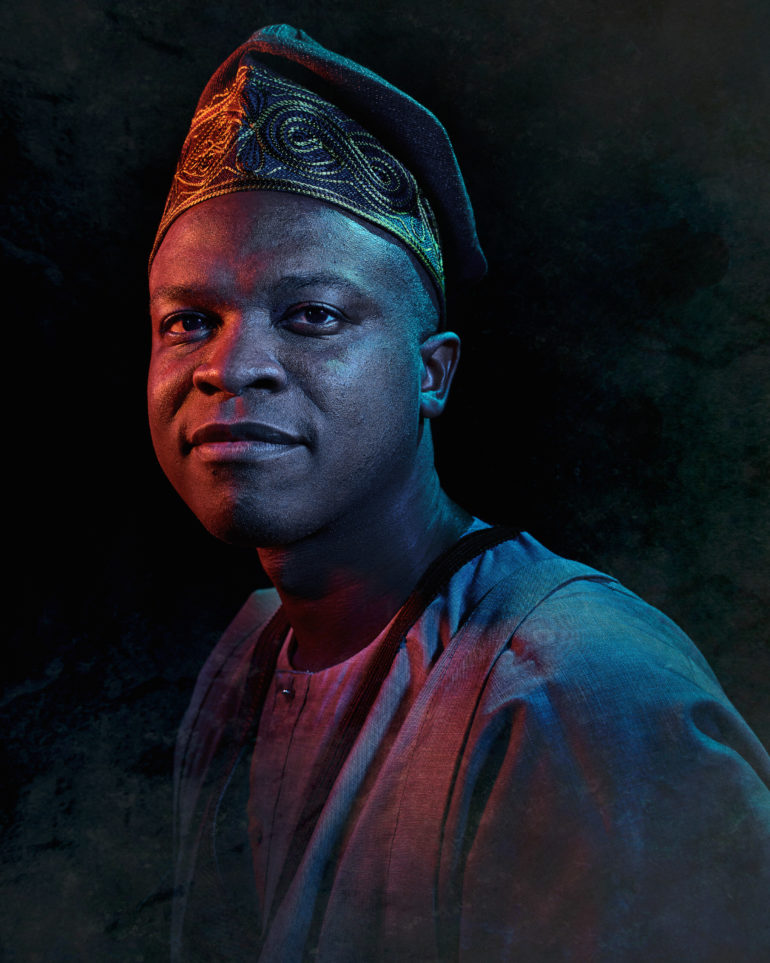
Bill Wadman: I could do most of what I do with just my body and 55mm lens. The rest of it, I could live without.
You can see more of Bill’s work by visiting his website.


